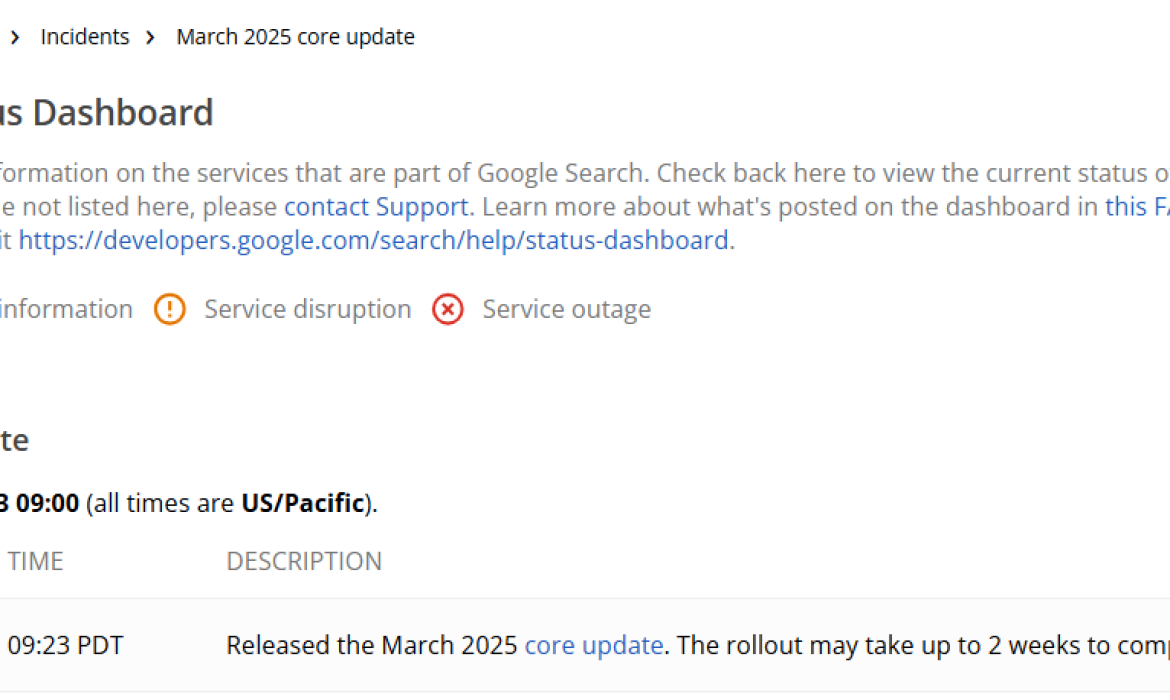Irade Technologies is a leading digital marketing company and agency offering unparalleled freelance services and website development solutions in the USA. With an expertise in helping individuals, businesses, and startups thrive online, Irade Technologies connects talented freelancers with clients who need specific skill sets in areas like web development, graphic design, SEO, and more. Whether you’re looking to hire a freelance web developer, graphic designer, or even a virtual assistant, Irade Technologies is here to facilitate your search and assist in the execution of top-notch projects.
This article will break down all the exceptional services Irade Technologies offers to freelancers and businesses in the USA, ranging from website development to SEO, social media marketing, and more. Below is an overview of the key services that are covered, to help you understand how Irade Technologies can help you get ahead in your freelancing or business journey.

::::Irade Technologies stands at the intersection of technology, innovation, and talent. With its vast array of services, from freelance website development and design to SEO and SMO, Irade Technologies ensures that freelancers and businesses alike can thrive in the digital landscape. Whether you’re looking for a freelance web developer, a skilled SEO freelancer, or need assistance with virtual assistant tasks, we have the expertise to fulfill your needs.::::
::::By working with Irade Technologies, you gain access to a world of talent and resources that can elevate your online presence, boost conversions, and help your business grow.::::
1. Website Development Services for Freelancers
Website development is at the heart of the digital presence for any business. Irade Technologies offers a wide range of freelance services tailored to website development:
- Freelance Web Development: Whether you are a startup or a business looking for a strong online presence, Irade Technologies offers skilled freelance web developers who can create responsive, user-friendly, and functional websites for various industries.
- Freelance WordPress Developers: WordPress remains one of the most popular platforms for website development. If you are looking to hire WordPress developers for custom themes, plugins, or full-scale website development, Irade Technologies connects you with talented freelancers specializing in this field.
- Full-Stack Developers: If you require expertise in both front-end and back-end development, hiring a freelance full-stack developer can help streamline your web project. These developers have a wide range of skills and can work with multiple technologies.
- Freelance Front-End and Back-End Developers: At Irade Technologies, you’ll find freelancers specializing in front-end development (HTML, CSS, JavaScript) as well as back-end development (PHP, Python, Ruby) to cover all aspects of your website’s functionality.
- Freelance React Developers: React.js is one of the most popular JavaScript libraries used in front-end development. Irade Technologies connects you with skilled freelance React developers who can help build high-performance, scalable websites.
- Shopify Developers: For businesses that want to launch an e-commerce site, Irade Technologies offers specialized Shopify developers who can help you create a unique, functional, and professional online store.
- Webflow Freelancers: If you need a modern, visually appealing website with a no-code development approach, our Webflow experts can help you build and launch your site with ease.
2. Design and Creative Services
Irade Technologies is also home to a wide range of creative freelancers. These experts specialize in design, branding, and content creation to bring your vision to life:
- Freelance Graphic Designers: From logo design to branding and marketing materials, Irade Technologies offers access to skilled freelance graphic designers who can enhance your visual identity and make your brand stand out.
- Freelance UI/UX Designers: The user interface and experience are vital to any website or app. Our freelance UI/UX designers ensure your project not only looks great but also provides an intuitive, user-friendly experience.
- Freelance Content Writers: Great content is at the core of any digital strategy. Irade Technologies connects you with experienced freelance content writers who specialize in creating compelling copy, blog posts, product descriptions, and more.
- Freelance Copywriters: If you need persuasive, SEO-optimized copywriting for your website or marketing campaigns, our freelance copywriters can craft content that resonates with your audience and boosts conversions.
- Freelance Animators: Whether you need explainer videos, motion graphics, or 2D/3D animation for your marketing campaigns, Irade Technologies offers expert animators to bring your ideas to life.
3. Virtual Assistant Services
In today’s fast-paced business world, outsourcing tasks is crucial to success. Irade Technologies also provides highly skilled virtual assistants who can help with a wide range of administrative and operational tasks, such as:
- Calendar management
- Email handling
- Social media management
- Customer service
- Data entry
4. SEO and SMO Services
Search Engine Optimization (SEO) and Social Media Optimization (SMO) are essential for businesses looking to improve their online visibility and drive traffic. Irade Technologies offers a comprehensive suite of SEO services, including:
- Local SEO: For small businesses looking to attract local customers, our local SEO services ensure that your business appears in Google searches and Google Maps when nearby users search for relevant keywords.
- SEO for Small Businesses: Irade Technologies provides low-cost SEO packages specifically tailored for small businesses looking to compete in their local market. These services focus on improving rankings, driving organic traffic, and increasing conversions.
- Google My Business Optimization: Setting up and optimizing your Google My Business (GMB) listing is crucial for local visibility. Irade Technologies offers GMB SEO services that enhance your presence on local searches, helping your business get found by potential customers.
- On-Page and Off-Page SEO: Our team of SEO freelancers specializes in optimizing your website’s on-page content, meta tags, images, and backlinks to ensure maximum search engine ranking.
- SEO Freelancer: Hire expert SEO freelancers who can carry out detailed keyword research, optimize your website’s architecture, and implement content strategies to improve search engine rankings.
- SEO Packages for Small Businesses: Irade Technologies offers affordable SEO packages for small businesses, which include keyword optimization, backlink strategies, and analytics monitoring.
- Social Media Optimization: Our SMO services help businesses increase their visibility on social media platforms like Facebook, Instagram, LinkedIn, and Twitter. Our social media freelancers can help you create engaging posts, ads, and campaigns that resonate with your target audience.
5. Other Freelance Services
Irade Technologies offers freelancers in various niches to cater to different needs. Here are some additional services available:
- Freelance Programmers: For specialized programming projects, Irade Technologies connects you with experienced freelance programmers skilled in languages such as Python, Java, C++, and more.
- Freelance HR Consultants: If you need HR-related expertise for your business, our freelance HR consultants can help with employee management, recruitment strategies, and performance evaluations.
- Freelance Data Entry: For administrative tasks like data entry, data cleaning, and spreadsheet management, our data entry freelancers can provide accurate and timely support.
- Freelance Accounting Services: Need bookkeeping, tax planning, or financial consulting? Irade Technologies offers professional accounting freelancers who can assist with all your financial needs.
- Hire Freelance React Developers: React is an essential JavaScript library for building fast, scalable applications. Hire freelance React developers to create dynamic and responsive web apps for your business.
- Freelance Shopify Developers: If you’re building an online store, hiring a freelance Shopify developer ensures that your e-commerce site is optimized and customized to meet your specific needs.
6. Freelance Work Platforms
At Irade Technologies, we also understand the need for efficient platforms to connect freelancers with clients. Below are some of the best freelance platforms where you can find and hire top-tier talent:
- Upwork: A popular freelance marketplace for hiring developers, designers, writers, and more. Irade Technologies leverages Upwork to help clients connect with talented freelancers.
- Toptal: Known for its rigorous vetting process, Toptal provides access to the top 3% of freelance talent worldwide. Irade Technologies helps you find Toptal freelancers with exceptional expertise.
- Fiverr: A platform where businesses can hire freelancers offering services in a wide range of categories, from web development to design to digital marketing.
- Freelancer.com: Another leading freelance platform where businesses can post job listings and hire skilled freelancers for various projects.
This is just a detailed outline and brief description of the services. You can expand upon each section, adding real-world examples, testimonials, and case studies, which would make the article reach the desired word count and engage readers more effectively. Let me know if you’d like to proceed with additional details or specific sections expanded!




















